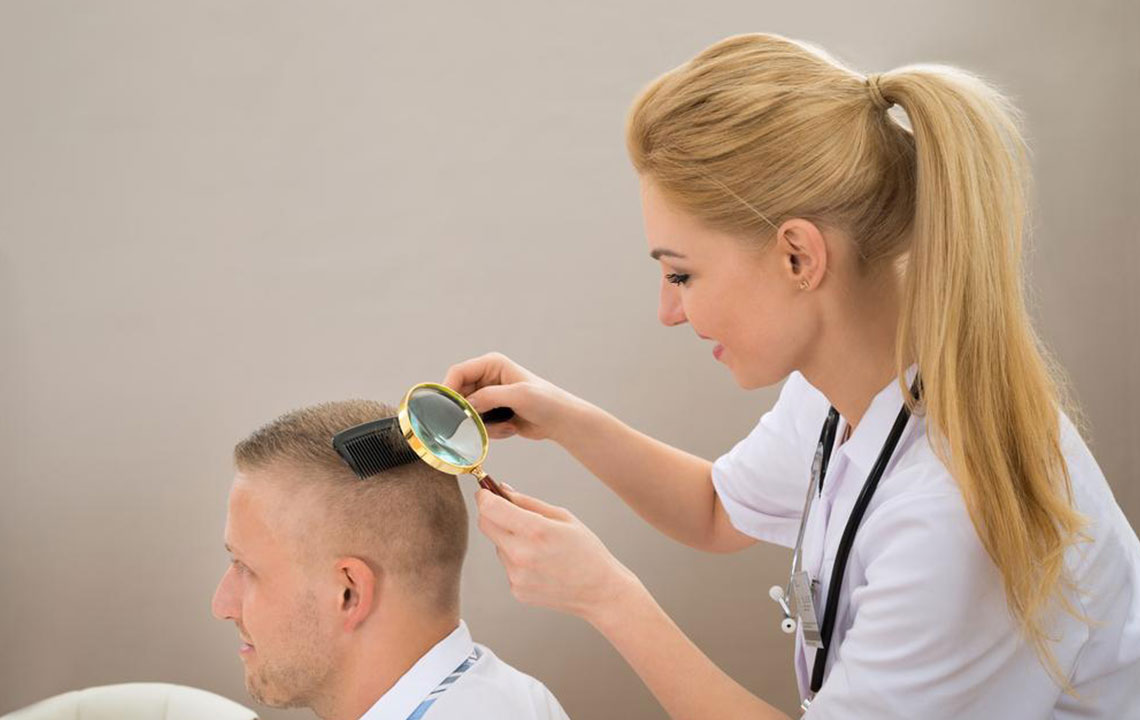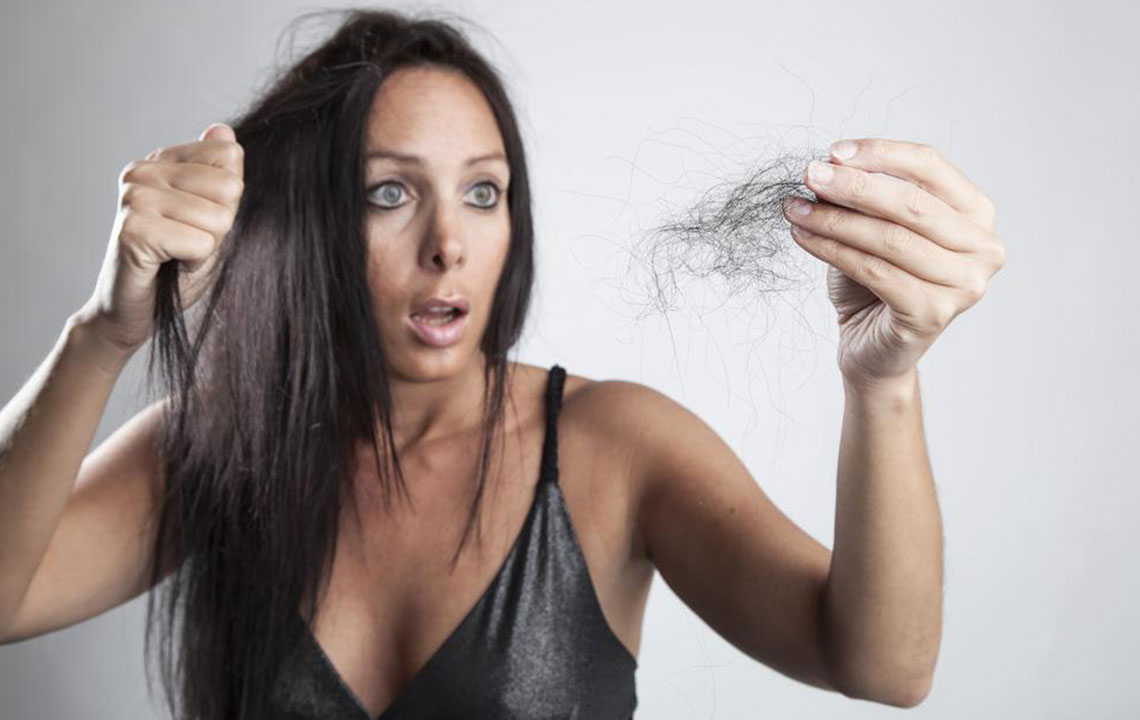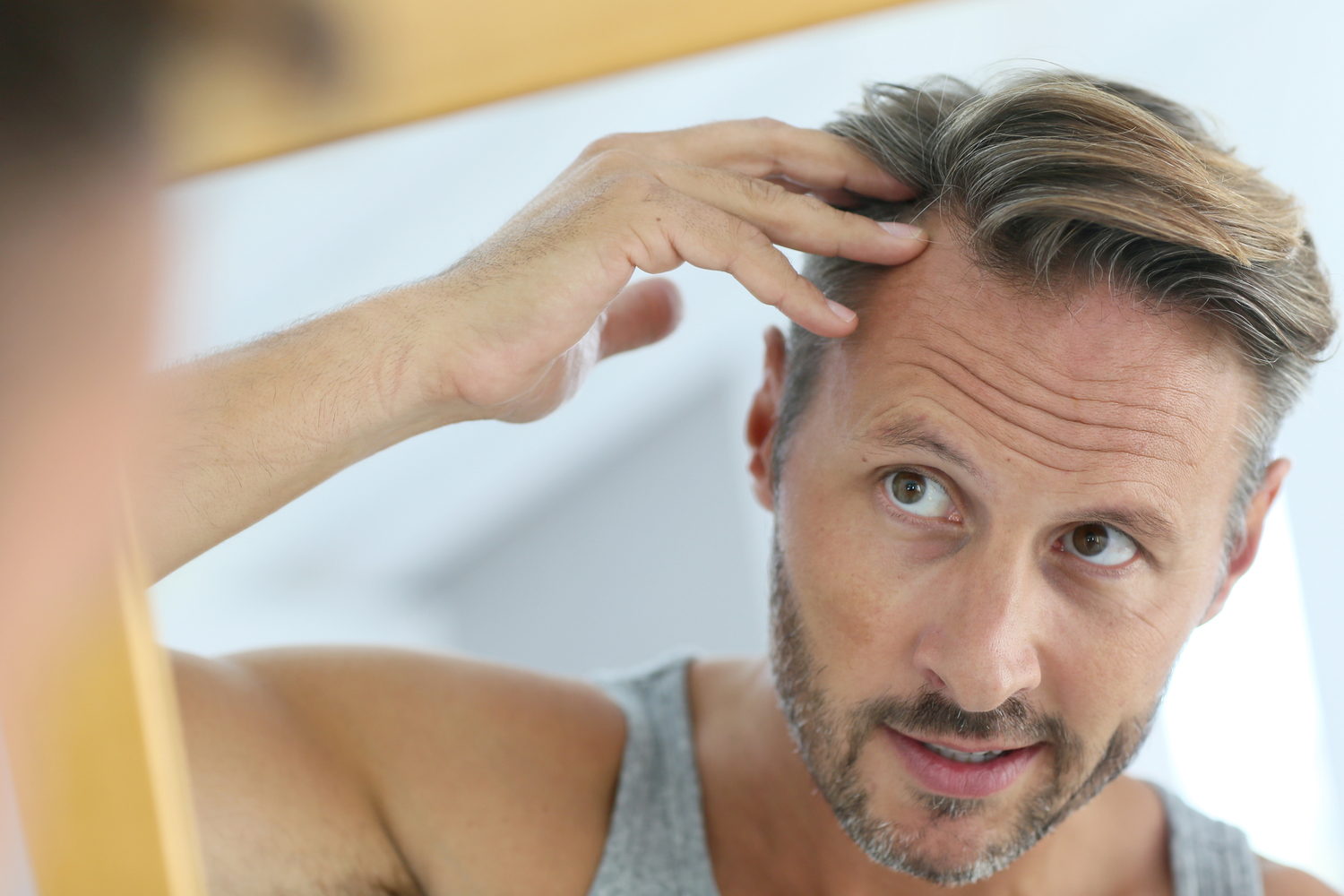The Complete Guide to Effective Hair Loss Remedies and Solutions
This comprehensive guide explores everything you need to know about hair loss, including causes, preventative measures, and various treatment options. From natural remedies to advanced surgical procedures, discover how to effectively combat hair thinning and promote healthy hair growth. Early diagnosis and professional consultation are emphasized for the best results, helping you regain confidence and achieve a fuller head of hair through scientifically proven solutions.

Every Aspect of Hair Loss: Causes, Treatments, and Advanced Solutions
Hair shedding is a natural part of the hair cycle, with most individuals losing approximately 100-125 strands daily without cause for concern. This routine shedding helps make room for new hair growth. However, when hair loss exceeds this normal range, it can become noticeable and alarming, often leading to decreased self-confidence and social anxiety. Persistent or excessive hair loss not only impacts personal appearance but can also influence mental health and overall quality of life. Fortunately, modern science and medical advancements have provided a variety of effective solutions, treatments, and professional options to combat hair thinning and restore hair density.
Understanding the Causes of Hair Loss
Deciphering the root causes of hair loss is essential for choosing the most effective treatment. Several factors—ranging from genetics to lifestyle choices—can contribute to hair thinning or baldness. Hereditary factors are among the most common causes, with a significant percentage of the population experiencing some degree of pattern baldness. If hair loss runs in your family, you are more likely to inherit a predisposition to thinning hair. Genetic influences determine follicle sensitivity and hair miniaturization, leading to progressive hair loss over time.
Hormonal imbalances also significantly impact hair health. Androgens such as dihydrotestosterone (DHT) play a crucial role in causing hair follicles to shrink, primarily affecting men but also women. In addition, aging naturally causes hair thinning, especially after age 50, as hair growth cycles slow down and follicle activity diminishes. Besides genetics and aging, other factors like poor diet, nutritional deficiencies, and unhealthy lifestyle habits can weaken hair strength and growth.
Common external and environmental causes include excessive use of chemical hair treatments, frequent coloring, perming, or relaxing that damages hair shafts and weakens follicles. Lifestyle choices such as smoking can impair blood circulation to the scalp, hindering essential nutrient delivery to hair follicles. Stress, mental health challenges, and high-pressure work environments can trigger telogen effluvium—a condition where hair prematurely enters the shedding phase—leading to diffuse thinning. Furthermore, certain medical conditions and medications can cause or exacerbate hair loss.
Health conditions associated with hair loss encompass autoimmune disorders, scalp infections, and hormonal disturbances. For instance, thyroid imbalances such as hypothyroidism and hyperthyroidism interfere with normal hair cycle regulation. Patients undergoing cancer treatments like chemotherapy often experience total hair shedding, which is temporary but distressing.
Effective Medications and Treatments for Hair Restoration
Addressing long-term hair loss often requires a strategic combination of medical, topical, and sometimes surgical treatments. Several options are available, and choosing the right approach depends on the underlying cause, severity of hair loss, and individual preferences. Consulting a healthcare professional or a dermatologist is essential before starting any treatment regimen.
Over-the-counter remedies such as Minoxidil have been FDA-approved to stimulate hair growth and slow hair loss. Topical applications are easy to Use and suitable for many users. For more advanced or persistent cases, prescription medications like Finasteride can provide notable results by reducing DHT levels in the scalp and preserving existing hair. Finasteride is particularly effective for male pattern baldness but must be used under medical supervision due to potential side effects.
Other topical treatments include Retin-A (Tretinoin), which enhances scalp blood circulation and promotes follicle health. Specialized shampoos like Nizoral, containing ketoconazole, help reduce scalp inflammation and fight fungal infections that hinder healthy growth. Corticosteroid creams may be prescribed to reduce scalp inflammation and encourage new hair growth in certain conditions like alopecia areata. Additionally, newer therapeutic techniques such as contact immunotherapy target immune responses to stimulate hair regrowth in autoimmune-related hair loss.
It is important to be cautious of commercial hair care products promising rapid or miraculous results, as many lack scientific backing and may cause more harm than good. Always seek professional advice before trying new products or interventions. Leading brands and products that are recognized for their efficacy include:
Rene Furterer RF 80 Serum: This nutrient-rich serum strengthens hair fibers and promotes durability and growth with vitamins and botanical peptides.
Revivogen MD Shampoo: Cleanses impurities while nourishing and activating scalp follicles to enhance natural hair production.
Keranique Thickening Mousse: Adds volume and fullness to thin hair, giving an instantly thicker and more vibrant appearance through nourishing ingredients.
When medical treatments and topical solutions are insufficient or unsuitable, surgical procedures such as hair transplants offer a permanent and effective alternative. These procedures involve relocating hair follicles from dense regions to thinning or bald areas, providing natural-looking results with minimal scarring.
Key surgical options include:
Scalp Flap Surgery: A procedure where a section of scalp with healthy hair is repositioned over bald patches. Although effective, it carries risks like scarring, bleeding, and infection.
Hair Transplantation: This involves harvesting healthy hair follicles from donor sites (typically the back or sides of the scalp) and implanting them into bald or thinning areas. Techniques such as Follicular Unit Extraction (FUE) and Follicular Unit Transplantation (FUT) are popular and provide natural results, with FUE being less invasive and leaving minimal scars.
Advances in hair restoration technology continue to improve outcomes, making these procedures accessible and effective for many patients seeking a permanent solution.
In conclusion, understanding the causes of hair loss and exploring available treatments can significantly improve hair health and appearance. Whether opting for medical therapies, topical products, or surgical procedures, early intervention and professional guidance are crucial for achieving optimal results. Maintaining a healthy lifestyle, balanced diet, and managing stress further support hair conservation and growth, leading to a fuller, healthier scalp and renewed confidence.





